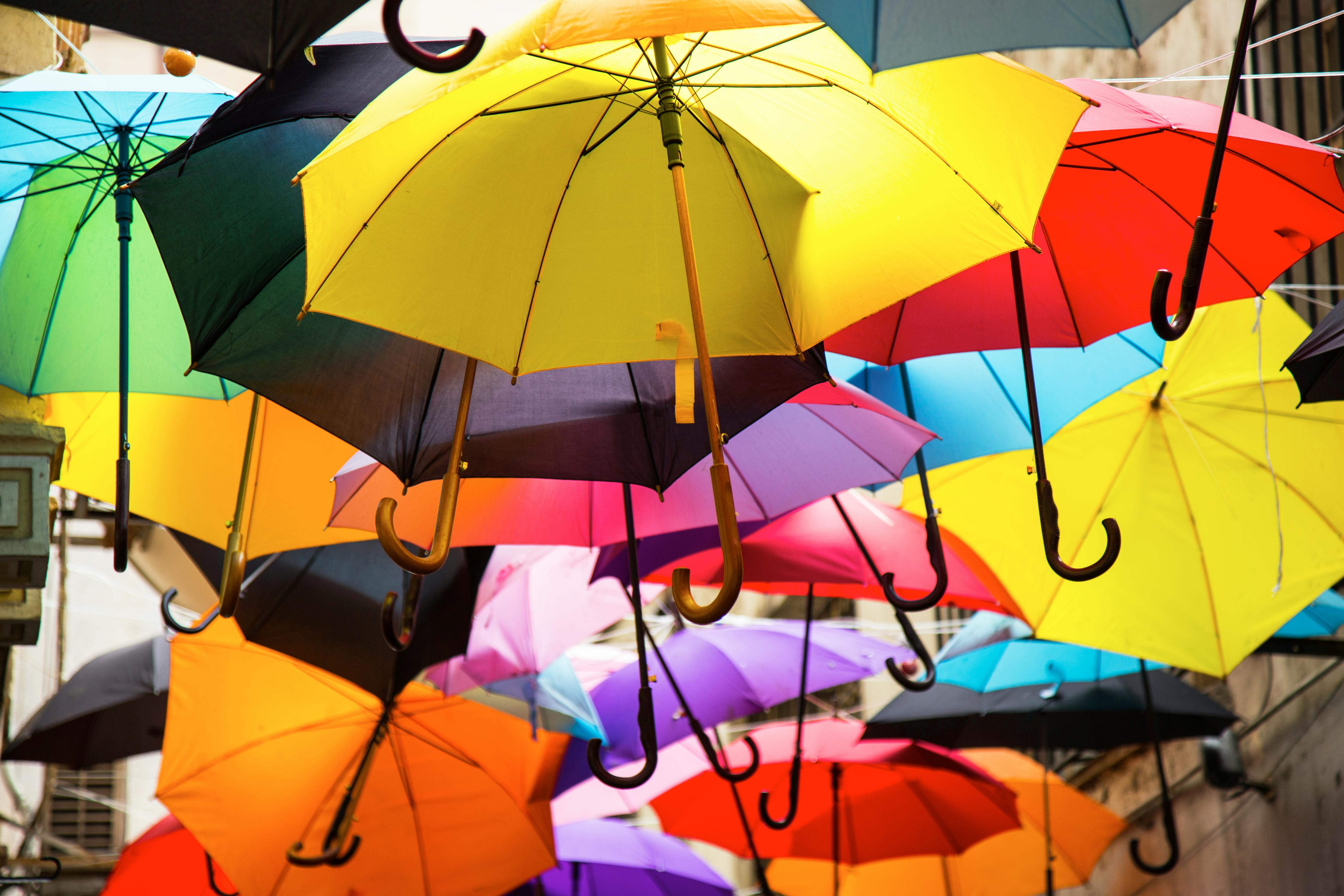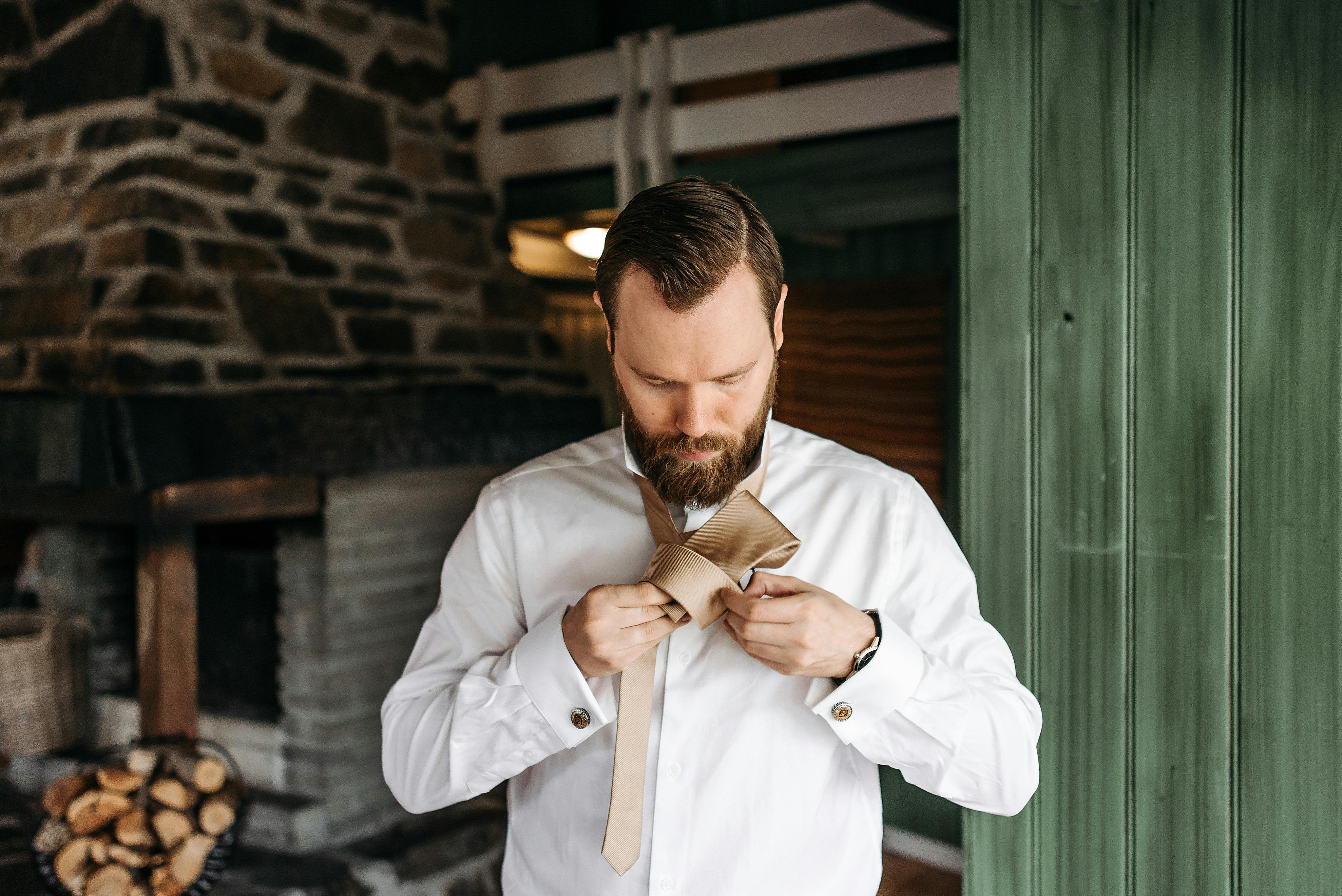Confused by all the terms related to lace wigs? As a first time buyer, the idea of a lace wig can be exciting but confusing at the same time. With terms like full lace wigs, monofilament lace wig caps, ear-to-ear stretch lace, and steam glue, it’s all too easy to get lost in the mix. If you’re looking for not only answers, but also definitions, this simple guide will explain the essential lace wig terms for beginners.
lace wig
A lace wig is the general term for any wig that includes lace. The lace is installed for a natural hair look around the hairline or across the entire scalp. Lace types and benefits vary greatly. Lace wigs have long been used in Hollywood and in the hair industry. More recently, lace wigs have hit the consumer market for anyone to wear.
lace front wig
A lace front wig is a regular wig that contains lace within the first few inches of the hairline for a natural look. Some lace front wigs include lace near the hairline, as well as near the nape of the neck. A traditional lace front wig only has lace in the front. Discounted prices and synthetic hair are popular with lace front wig manufacturers.
front lacing
A lace frontal is very different from a lace front wig, but many people get confused between these two terms. A lace frontal is not a full wig. A lace frontal is a partial unit that begins at the hairline and continues three to five inches back before the crown of the head.
A front-end has many applications. For women who have suffered from hair damage, receding hairline or alopecia, lace frontals help to achieve fuller, natural looking hair. Since most of the damage occurs in the first few inches of the hairline, the lace front covers this damage. Also, many women who simply want a natural hairline for hair extensions or weaves install lace frontals.
Bleached Knots
Each hair of a lace wig is individually tied into the lace. At the end of each tied hair is a small knot. These knots are usually bleached to create the appearance of hair growing from the scalp. For lighter colored hair, it is not necessary to bleach the knots. The darker the hair color, the better the fading of the knot.
celebrity lace wig
Celebrity lace wigs are inspired by popular celebrity styles. For those looking for pre-made and pre-styled lace wigs, celebrity styles are a great way to get trendy and on-trend looks. Beyonce, Rihanna, Tyra Banks, Ciara, Janet Jackson, and Kimora Lee Simons are just a few of the celebrities who are later styled lace wigs.
full lace wig
Full lace wigs have lace throughout the entire unit unlike lace front wigs. This allows the user to part the hair throughout the hair instead of just at the hairline. Anyone who wants to wear high ponytails should purchase a full lace wig.
french lace
French lace is a popular type of lace. French lace is one of the most durable and suggested for new lace wig wearers. French lace is a good option, but not as fine or delicate as other types. In addition to not being as delicate, French lace still looks very natural.
swiss lace
Swiss lace is the most delicate and very fine type of lace. This is the least detectable socket and has the most natural appearance. The only problem some people have with Swiss lace is that it can be damaged very easily. Swiss lace is suggested only for experienced wig users or those who have had it professionally installed and removed.
monofilament cap
The monofilament cap is an alternative to lace wig caps. A monofilament cap or mono-cap is a nylon-based cap similar to pantyhose. The hair is tied in a way that it can twist in multiple directions and move like natural hair. It breathes very well and is good for the warmer months.
Thin skin
Thin skin is a polyurethane cap that is made to give the appearance of a natural scalp. The fine leather blends in with your skin color and is lightly textured to match the look of your scalp. The thin skin is very durable and is good for those who want to remove and clean their hair frequently. Unlike lace, which is easily damaged, thin skin is more durable and can be handled as lace. The only downside to the thin skin is that it doesn’t breathe as well as other types of caps and is not recommended for the summer months.
indian virgin remy
Virgin Indian Remy is the best hair to use in a human hair lace wig. Virgin Indian Remy is used almost exclusively for human hair full lace wigs. Indian remy is simply Indian hair from India. Indian hair blends very well with African American hair as it is thicker than European hair. It is considered virgin hair because it is not processed and still has the cuticle. The cuticle is the natural part near the hair root that allows the hair to move like human hair does. Unprocessed hair is not treated with chemicals and shine that many traditional wigs have.
Density
Density is the thickness with which the hair is installed in a lace wig. There are three different types of density. The light density is 60% of the natural hair density and is used close to the hairline. Medium density is 100% natural hair and is used for most of the wig. The heavy density is at 150% and is used near the thicker sections, such as the crown and closer to the back of the head. For the most natural looking lace wig, a mix of light to medium or light to medium/heavy density should be used.
tablecloths
The nape is the back of the neck where the hair ends. When lace is installed in this area, high ponytails can be worn. Look for packaging that says nape lace or similar. All full lace wigs have lace at the nape. Some wigs also have lace around the front and back perimeters for natural, up-dos.
custom lace
Custom lace wigs are handcrafted to your specifications. While the color, length, and style of the wig can be chosen from any standard wig, a custom lace wig is made to fit the exact measurements of your own head. In addition, you can choose the density, the type of lace and if you want baby hair.


